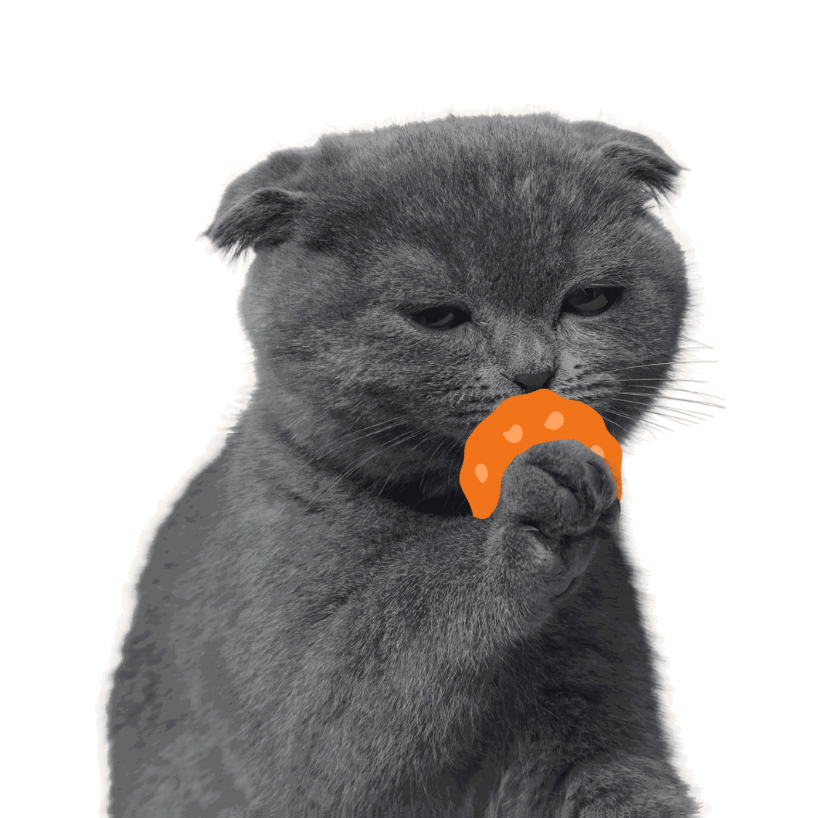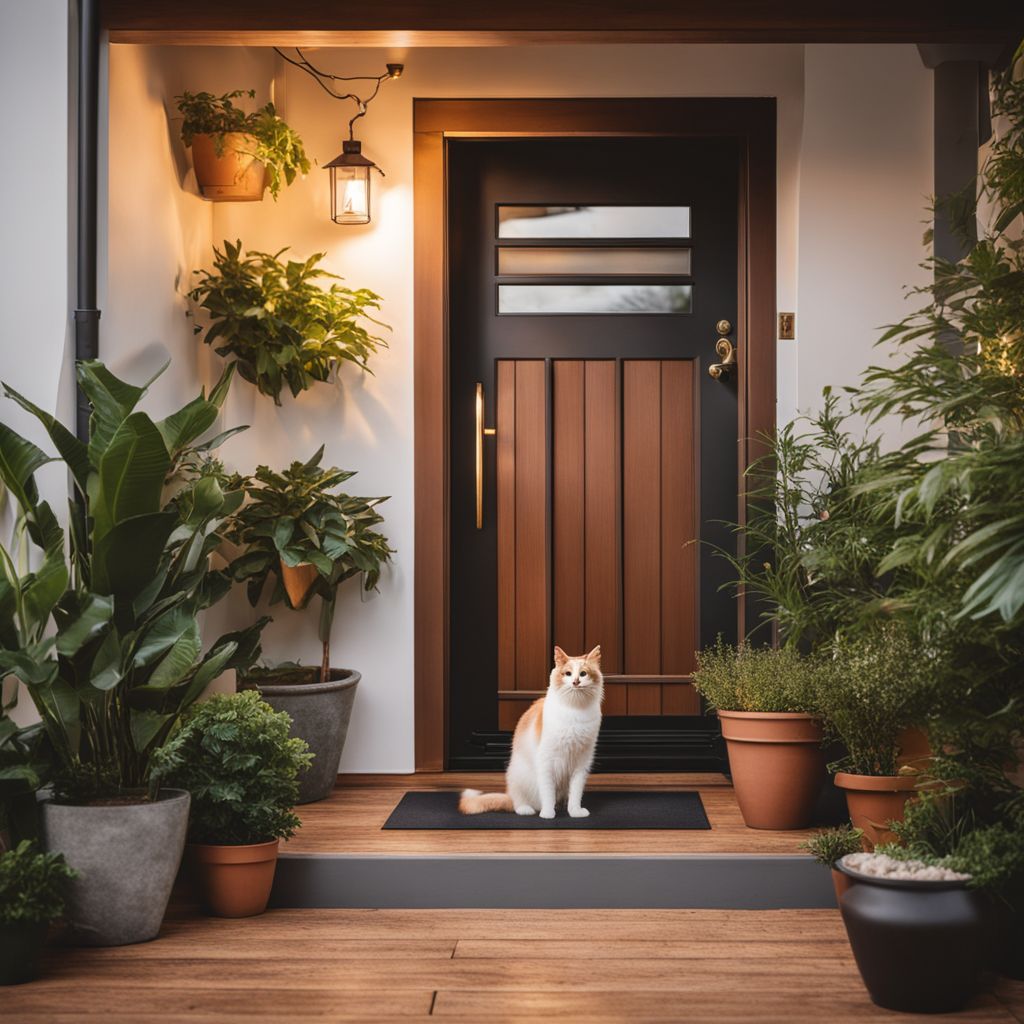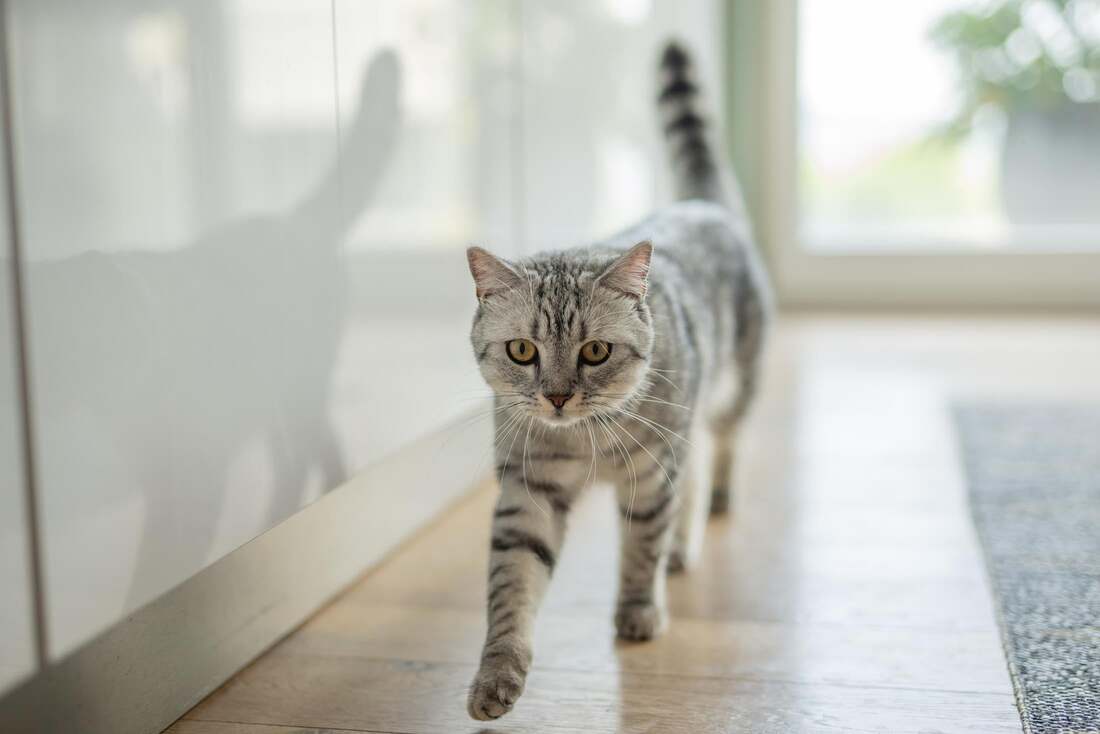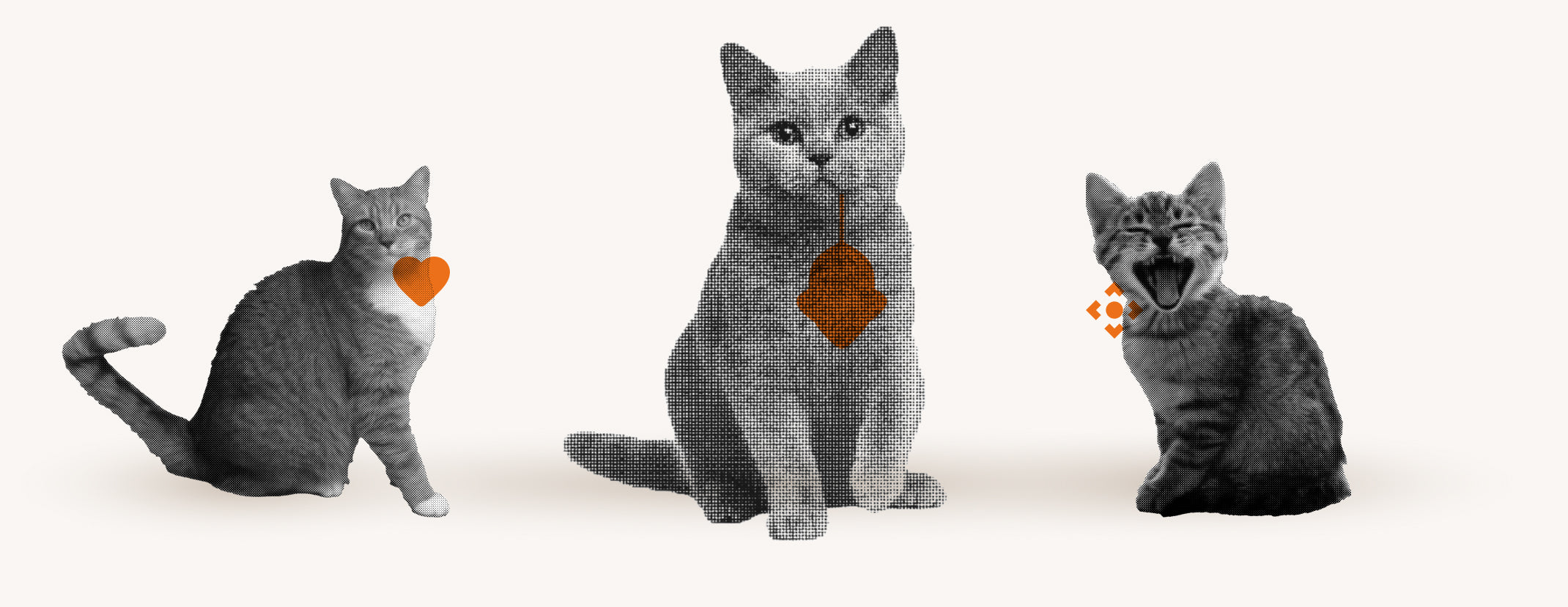Have you ever considered installing a cat flap but worried about your apartment door?
Many cat owners are hesitant because they fear permanently damaging their doors or violating lease terms.
An innovative solution offers the possibility of installing a cat flap without damaging the door by simply integrating it into the door gap or using temporary alternatives.
In this blog post, we discover creative cat flap ideas that are perfect for rented properties, as well as technological innovations that ensure your cat's comfort and safety.
Cat flap without damaging the door: Installation in rented apartments

Many cat owners in rented apartments face the problem that they are not allowed to make permanent changes to doors. But there is a solution that requires neither sawing nor drilling and is therefore ideal for rented apartments: integrating a cat flap into the gap in the door. This method allows your cat to go in and out independently without you having to permanently change the door.
Installing a cat flap in the door gap is not only easy, but also reversible, meaning you can undo the installation without leaving any traces. This is especially important if you live in a rented property and want to make sure you get your deposit back. The flap is easy to install and just as easy to remove if necessary.
Cat flap in the door gap: Easy integration without sawing

Installing a cat flap in the gap in the door is a simple solution that does not require any permanent changes to the door. You can simply wedge the flap between the door and the frame. This is particularly convenient as it does not require sawing into the door or drilling holes. Installation can often be completed within a few minutes without the need for any special tools or skills.
To fix the cat flap in the door gap, you can use clamps or adjustable frames designed specifically for this purpose. Here are some advantages of this method:
- No damage : The door remains intact, which is ideal for tenants.
- Easy assembly and disassembly : Ideal for people who move frequently.
- Cost-effective : No expensive modifications or tools are required.
This solution offers an excellent balance between functionality and flexibility.
Cat entrance without cat flap: Innovative alternatives

If you're looking for an alternative to the traditional cat flap that doesn't require a physical flap, there are innovative solutions that use technology to make it easier for your cat to get in. Electronic entry systems that work via a chip that the cat wears on its collar or that is implanted under the skin are one such option. These systems automatically recognise your cat and only let them in and out, increasing security and keeping unwanted guests out.
The advantages of these technological alternatives are manifold:
- Increased security as no foreign animals can enter.
- Better insulation compared to a permanently open flap.
- Easy installation, often without any permanent changes to the apartment.
These options are particularly suitable for cat owners who value comfort and safety and offer your outdoor cat a convenient way to decide for themselves when they want to go in or out.
Training for cat entrances without flaps
To get your cat used to an entrance without a cat flap, it's important to use positive reinforcement. Start by rewarding your cat when she waits in the right place at the right time. You can use treats or her favorite toy to motivate her. The goal is to teach her that waiting at the door leads to positive results. Here are some tips to make the process easier:
- Set clear times when your cat is allowed outside.
- Reward immediately when your cat waits at the desired location.
- Repeat the training regularly to reinforce the routine.
Technology can also be used to assist in making training more effective. Electronic devices such as an automatic door opener or apps that notify you when your cat is waiting at the door are practical solutions. These devices not only increase convenience, but also ensure that your cat has access to the house even when you are not home. Remember that your cat's safety should always come first, so make sure all devices are safe and cat-friendly.
Safety measures for cat flaps

Cat flaps offer your cat freedom and comfort by allowing them to decide when to enter or leave the house. But it's important to consider the security of your home when installing a cat flap. A well-thought-out installation and choosing the right cat flap can help minimize the risk of break-ins.
The safety of a cat flap depends on various factors, such as the positioning and type of flap. There are models with enhanced security features such as microchip recognition or electronic locking systems that only allow your cat access. These technologies help protect your home from unwanted guests.
Burglary protection despite cat flap: What to consider
Unfortunately, cat flaps can also be a gateway for burglars, especially if they are poorly positioned or too large. To minimise the risk of burglary, you should consider the following points: The cat flap should be as small as possible to prevent people from reaching through, and it should be installed far enough away from door and window handles.
Additionally, you can consider installing security hatches with electronic or mechanical locks that cannot be tampered with from the outside. Such models offer effective protection by allowing only your cat access while protecting the house from break-ins.
Technological innovations in cat flaps
The latest cat flaps use advanced technologies to make cat owners' lives easier and safer. One notable innovation is the AI-powered cat flap that detects whether a cat is carrying prey. By using cameras and machine learning, the flap analyses the image of the cat appearing at the flap in real time. This allows it to decide whether to open or not. This technology offers an effective solution to prevent cats from bringing unwanted guests such as mice or birds into the house.
In addition to prey detection, there are other technological advances that improve the functionality of cat flaps. Some models now offer:
- Selective access control that allows only certain animals to enter, based on pre-programmed microchips or collar tags.
- Automatic locking systems that provide additional security against intruders.
- Notification features that alert the owner when the cat enters or exits. These features increase control and convenience for the cat owner, ensuring the cat can enter and exit safely and without disturbance.
Discover Flappie: The smart solution for your darling
Are you tired of your cat constantly bringing home unwanted "gifts" like mice or birds? Flappie offers a smart solution that addresses exactly this problem. The Flappie cat flap is equipped with a camera and AI technology that can detect whether your cat is alone or with prey. If prey is detected, the flap stays closed. This keeps your home clean and free of unwanted guests.
In addition to prey detection, Flappie also offers selective access control. This means that only your cat and no other animals can get through the flap. The benefits of Flappie include:
- Selective access control : Prevents the entry of foreign animals.
- Prey detection : Keeps unwanted prey out.
- Convenience with the Flappie app : Allows you to conveniently control the cat flap settings from your smartphone. Visit https://flappie.ch to learn more about this innovative cat flap and how it can make your everyday life easier.
Frequently Asked Questions
What to do if you don't have a cat flap?
If you don't want to or can't install a traditional cat flap, there are innovative alternatives that use technology to make it easier for your cat to enter. Electronic entry systems that work via a chip that the cat wears on its collar or that is implanted under the skin are one option. These systems automatically recognise your cat and only allow them in and out, increasing security and keeping unwanted guests out.
Where is the best place to install a cat flap?
The positioning of a cat flap is important for the security of your home. It should be as small as possible to prevent people from reaching through and installed far enough away from door and window handles to minimise the risk of break-ins. A well thought out installation can help keep your home safe.
What types of cat flaps are there?
There are different types of cat flaps, including traditional models and those with technological innovations. Some cat flaps offer selective access control, allowing only certain animals to enter, based on pre-programmed microchips or collar tags. Others have automatic locking systems for added security and notification features that alert the owner when the cat goes in or out.
What to do if the cat does not go through the cat flap?
To get your cat used to an entrance without a cat flap, you can use positive reinforcement. Reward your cat immediately when it waits in the desired place and repeat the training regularly to reinforce the routine. Technological aids such as an automatic door opener or apps that inform you when your cat is waiting at the door can also be used to support this.





Share:
Optimal cat flap winter: tips for cold days
Front door with cat flap: materials and installation